Intellectual disability (ID) is a neurodevelopmental disorder characterized by significant limitations in intellectual functioning and adaptive behavior, which manifest during the developmental period. In this article we will explain the causes and symptoms of intellectual disability and propose activities for children with intellectual disability carried out by NeuronUP under the principle of generalization.
Causes of intellectual disability
ID can be due to multiple causes:
- Metabolic,
- Infectious,
- Chromosomal,
- Environmental,
- Nutritional,
- Toxic: intrauterine exposure to alcohol, cocaine or other drugs,
- And other various causes.
Additionally, it can originate at different times:
- Before the baby is born,
- during birth,
- due to a serious illness in childhood.
Symptoms of intellectual disability
The social and practical skills are affected, that is, the daily living skills needed to live, work and play in the community: communication, social and interpersonal skills, self-care, domestic life, self-control, basic academic skills (reading, writing and basic mathematics), work, leisure, health and safety.
An impairment in adaptive capacities is considered to exist if there is a deficit in at least two of these areas compared with children of the same age and culture.

Subscribe
to our
Newsletter
Cognitive stimulation in people with intellectual disability
Cognitive stimulation is recommended for all people with intellectual disability in order to enhance their existing abilities, attempt to develop to the fullest those they lack and provide strategies to compensate for those they cannot develop. In this way, the aim is for them to have a life that is as functional and autonomous as possible.
NeuronUP’s cognitive stimulation program allows neuropsychologists, occupational therapists and speech therapists to adapt each activity to the particularities and needs of children with intellectual disability.
The examples of activities for children with intellectual disability described here have been developed by NeuronUP under the principles of generalization.
Activities for children with intellectual disability
1. Find the Different Picture
What does it involve?
Children have to Mark the different image from a series.
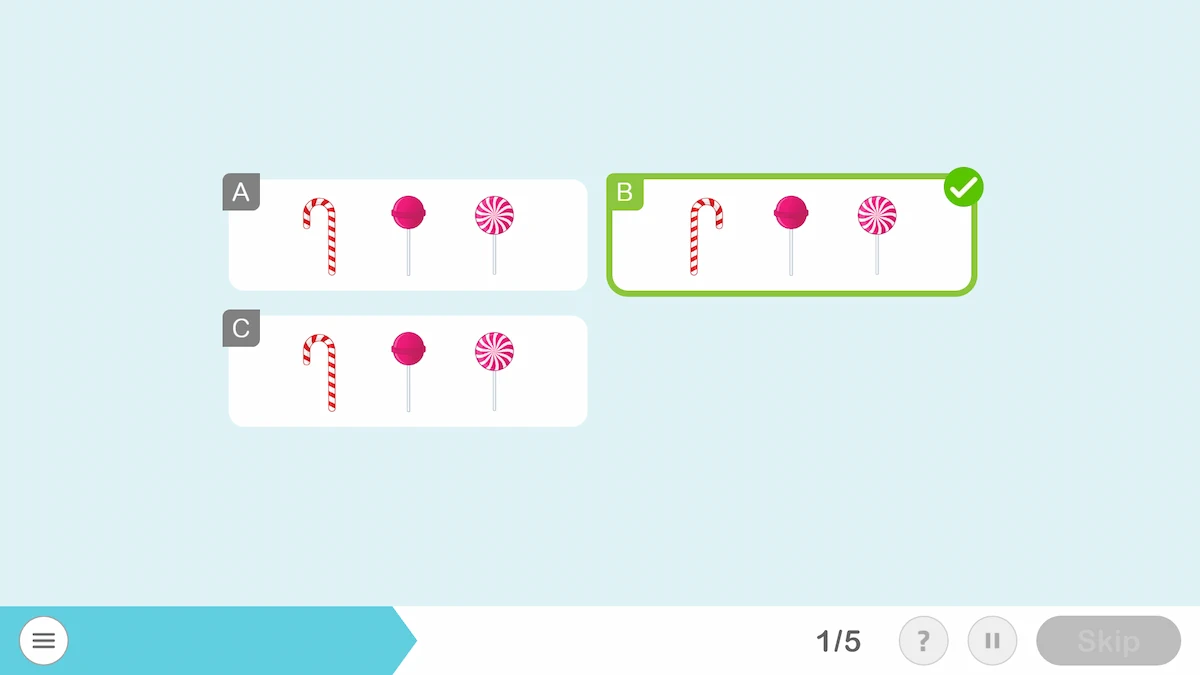
What does this activity work on?
- Processing speed.
- Selective attention.
Play by levels
In the easiest levels the difference will be more evident, while in the more advanced levels it will be more difficult to see the difference at first glance.
Format
In addition, this worksheet is available both in digital and in paper.
2. Find Toby
What does it involve?
This game for children with intellectual disability consists in following the instructions as quickly as possible until finding the object.
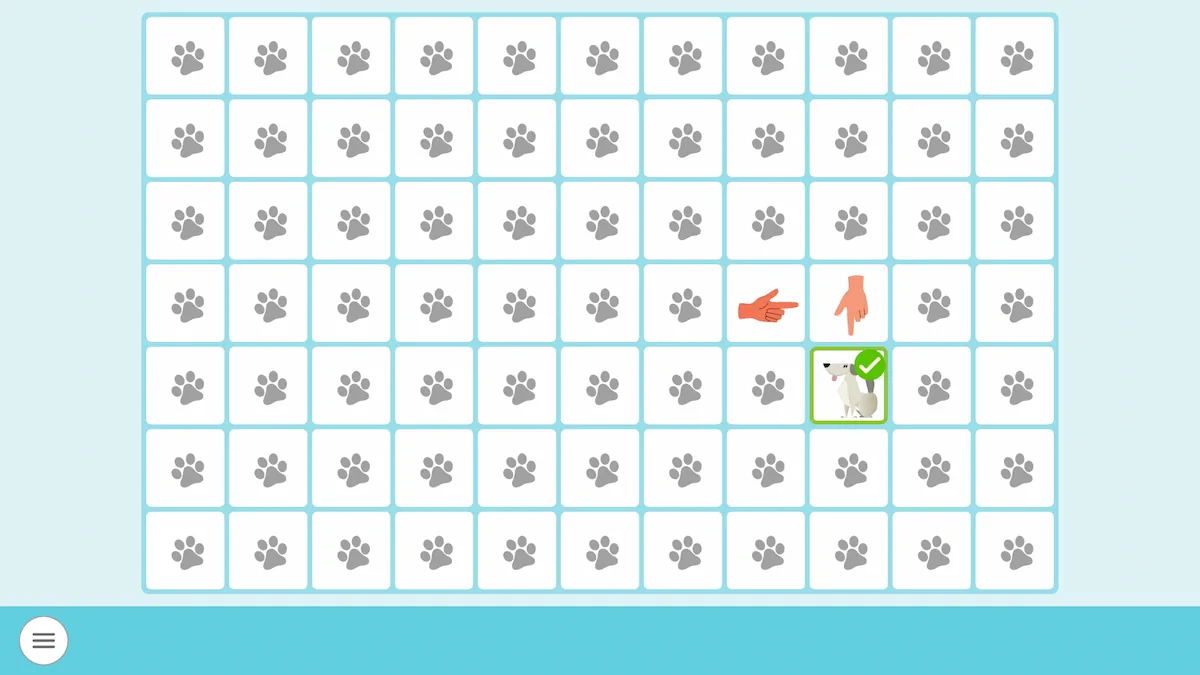
What does this activity train?
This cognitive stimulation exercise targets the following cognitive functions:
- Processing speed,
- sustained attention,
- working memory,
- planning.
Play by levels
In the easiest levels the user will have fewer instructions to find Toby and the grid will be smaller, while in the more difficult levels the instructions will multiply and the grid will be larger.
Activity customization
In addition, you will be able to customize the activity to suit each child’s abilities.
Parameters
You can select the matrix size, the stimulus exposure time, the start (fixed or random) and the maximum errors.
General aspects
You can adjust general aspects such as the number of exercises, the maximum time, whether or not you want a visible timer for the activity, modify the instructions, etc.
3. Painting and coloring
How is it played?
The child has to color the drawing following the model.
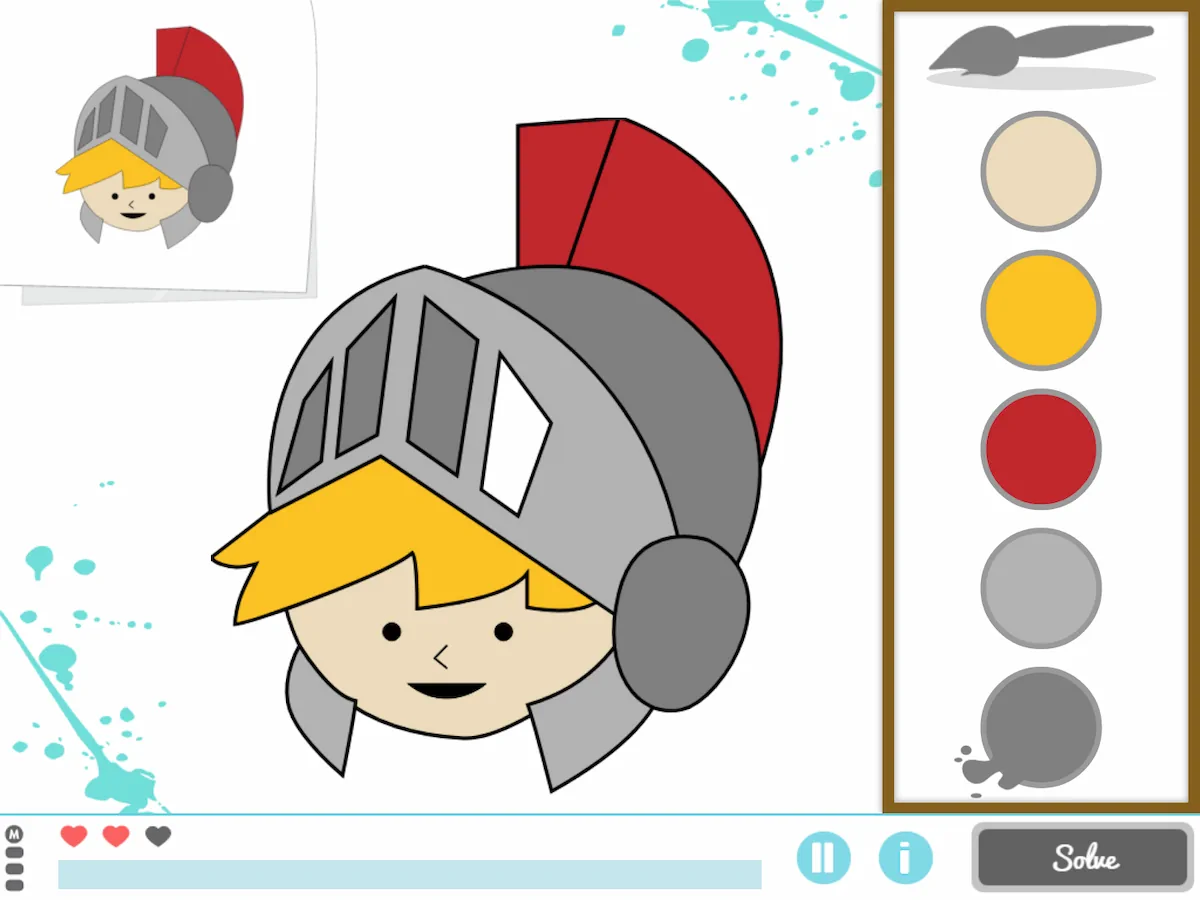
What does this activity work on?
- Visual gnosias,
- selective attention.
Play by levels
In the easiest levels the child will have to color fewer areas and will have fewer colors to choose from, while in the more advanced levels there will be more parts to paint and more colors to choose from.
Format
In addition, this worksheet is available both in digital and in paper.
It consists of finding the pairs among a set of cards placed face down.
4. Animal Pairs
What does it involve?
This activity consists of finding the Animal Pairs among a set of cards placed face down.
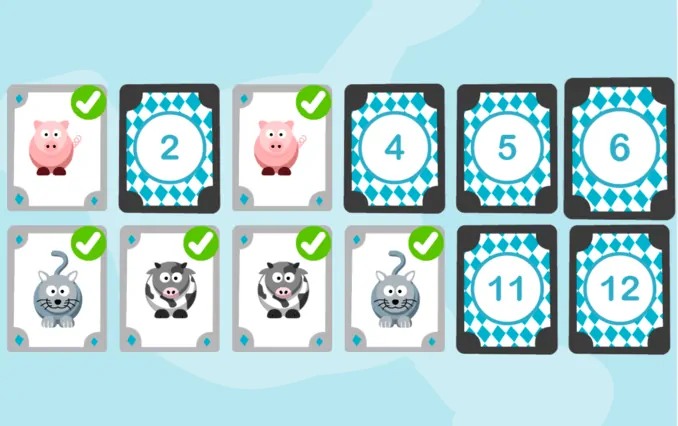
What does this activity work on?
- Episodic memory.
- Selective attention.
- Working memory.
Play by levels
In the easiest levels the user will have fewer cards and the animals will be more different, while in the more difficult levels there will be more cards and the animals will be more similar
Activity customization
In addition, you will be able to customize the activity to suit each child’s abilities.
Parameters
You can select the number of cards, the memorization time, the similarity between elements, the movement of elements and the numbering on the back.
General aspects
You can adjust the number of exercises, the maximum time, whether or not you want a visible timer for the activity, inactivity alert, modify the execution instructions, etc.
5. Step by Step (Picture-Only)
What does it involve?
This worksheet for children with intellectual disability consists of ordering the different steps necessary to carry out an activity. In this case the steps must be ordered so that Marta washes her hands.
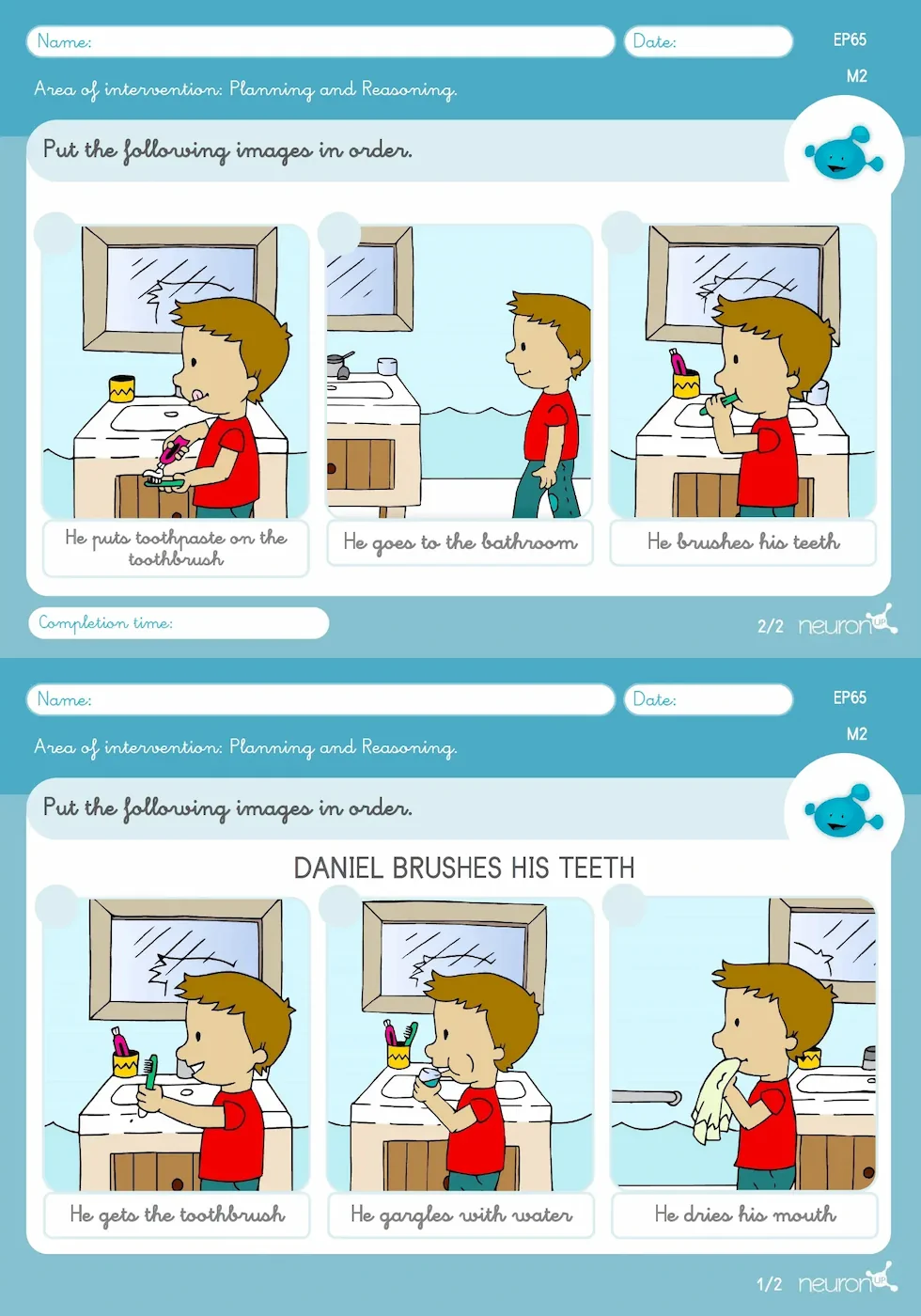
What does this activity work on?
- Planning.
- Reasoning.
Play by levels
There are five difficulty levels. In the easiest levels the child will have to order fewer steps, while in the more complicated levels there will be many more steps to order.
Format
In addition, this worksheet is available both in digital format and in paper.
If you found this article about activities for children with intellectual disability interesting, you might also be interested in:
“This article has been translated. Link to the original article in Spanish:”
Actividades para niños con discapacidad intelectual
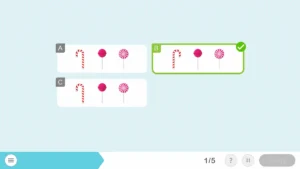
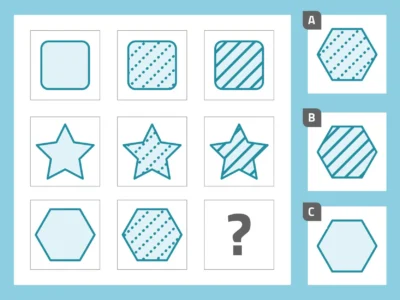

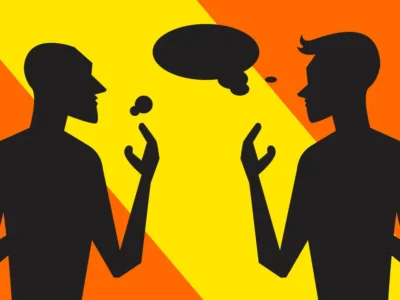

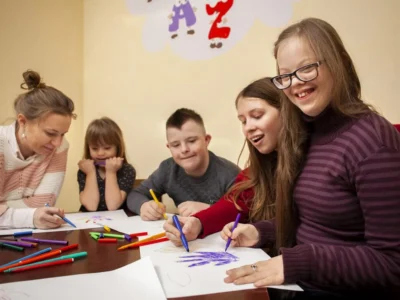
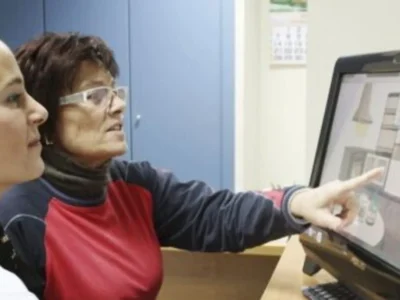
 5 Cognitive Stimulation Activities for Kids You Should Know
5 Cognitive Stimulation Activities for Kids You Should Know
Leave a Reply